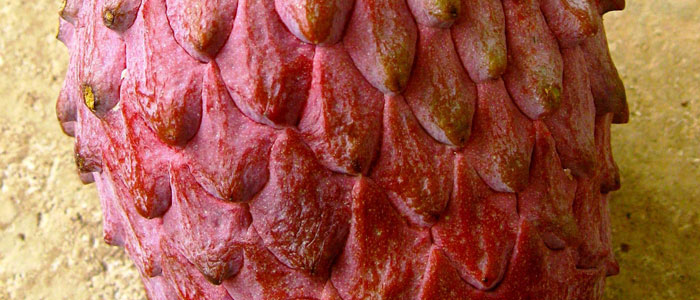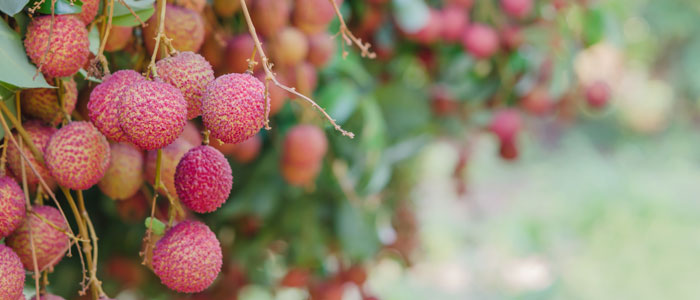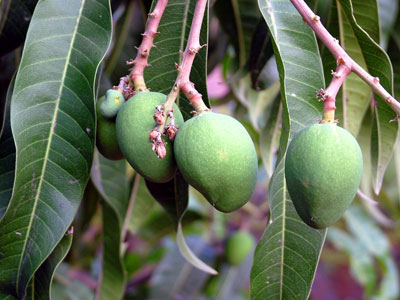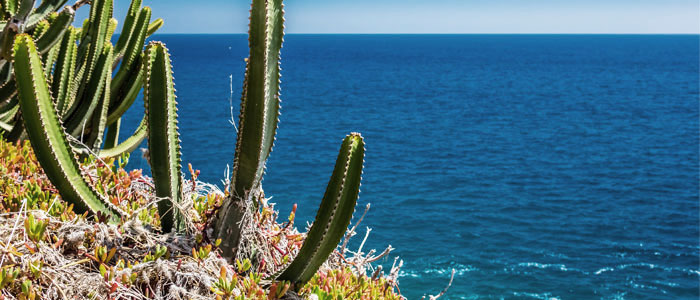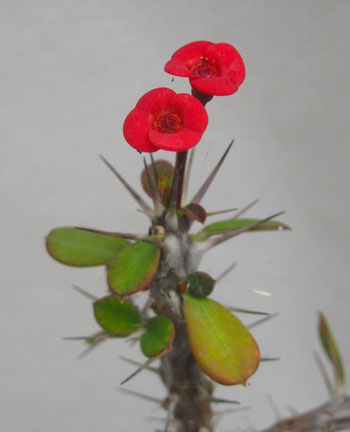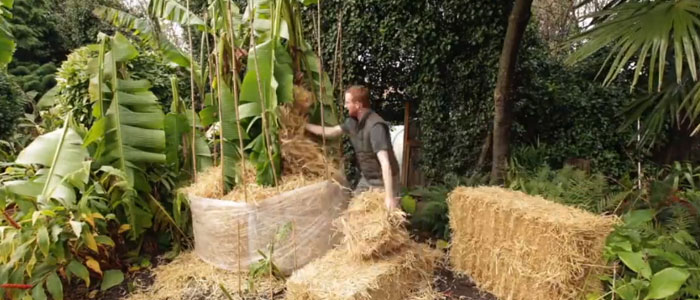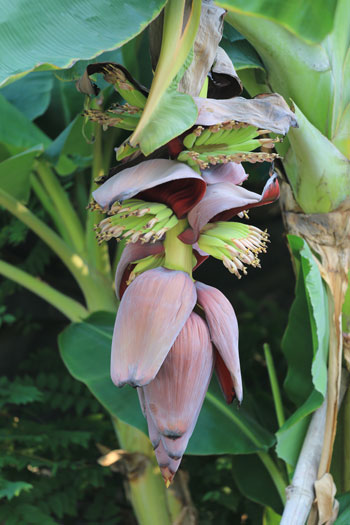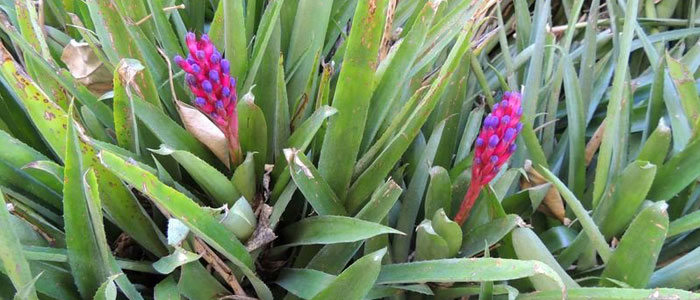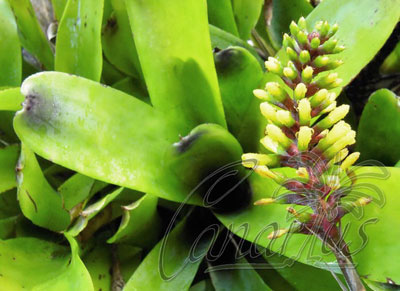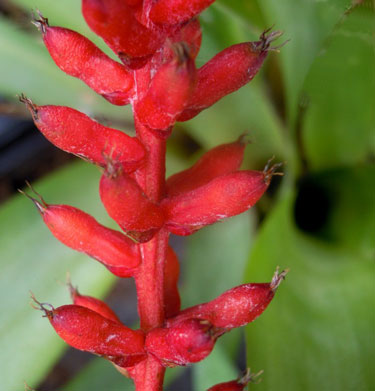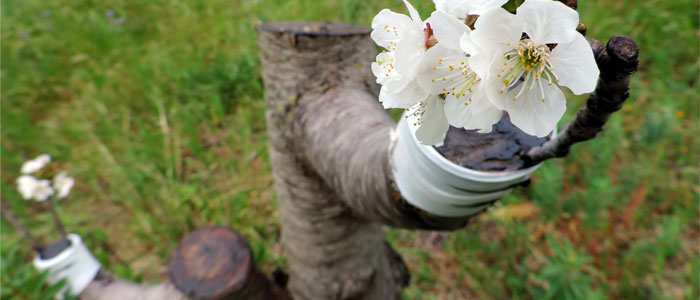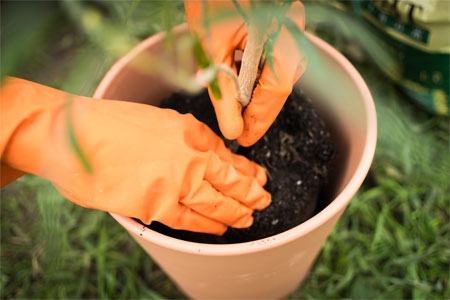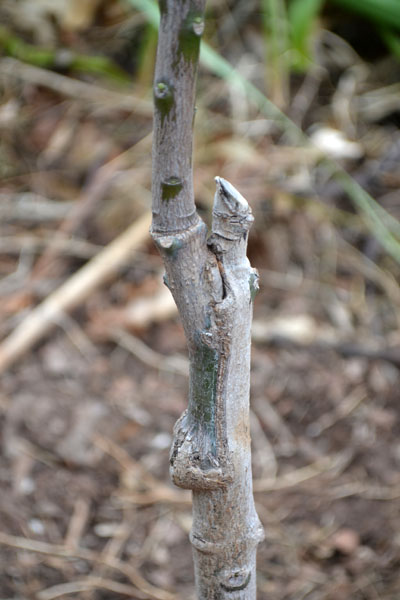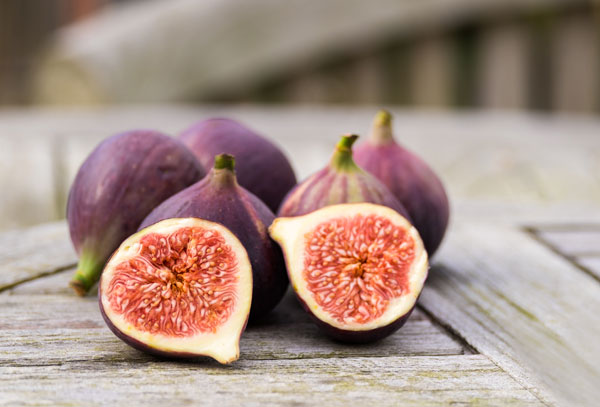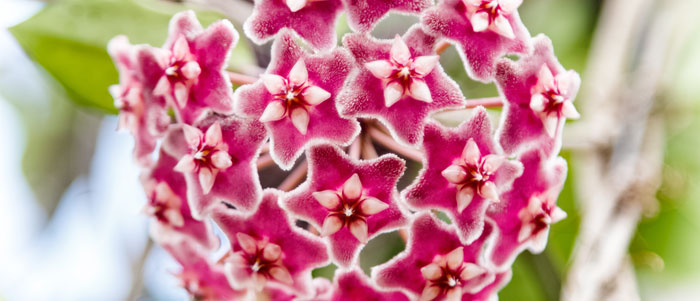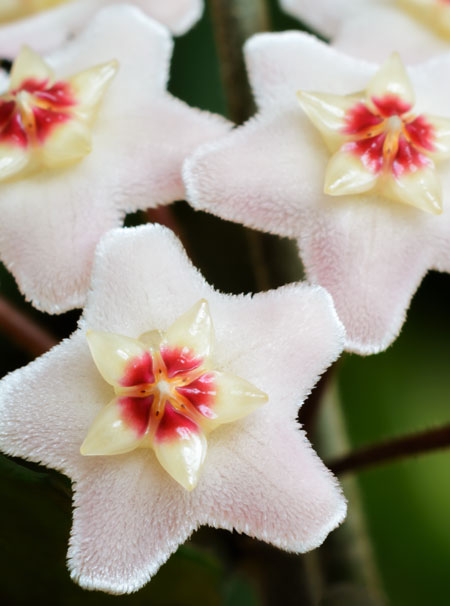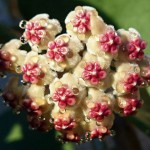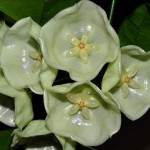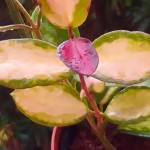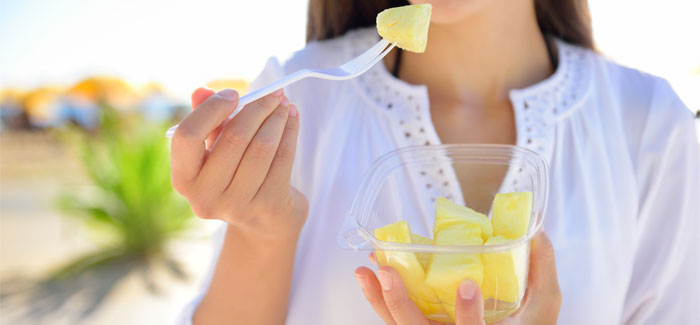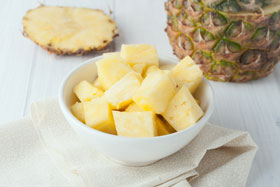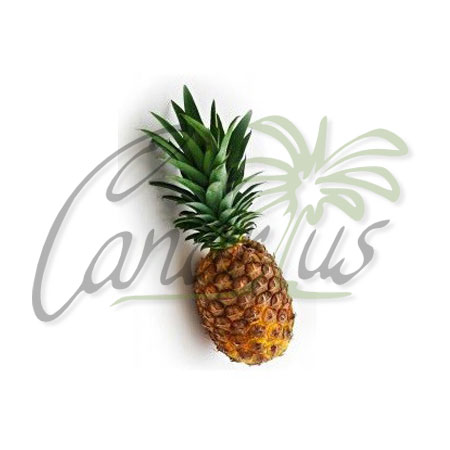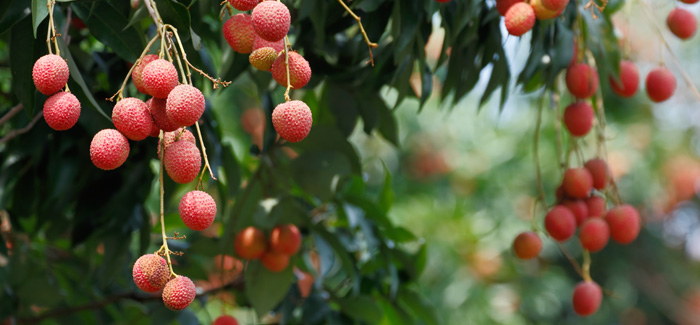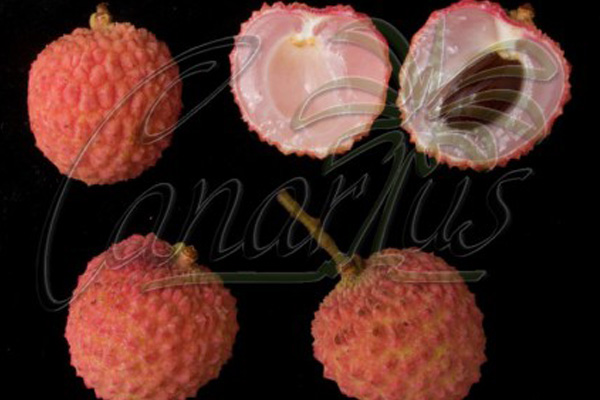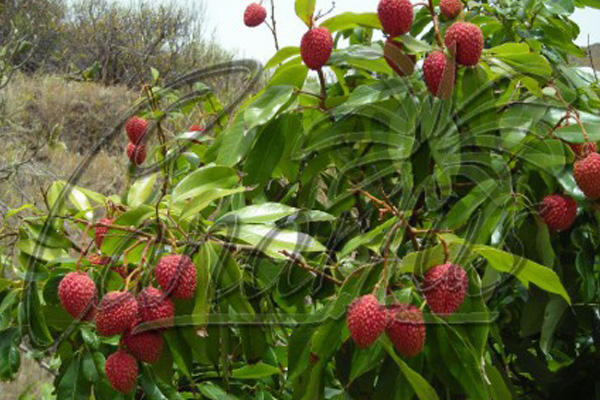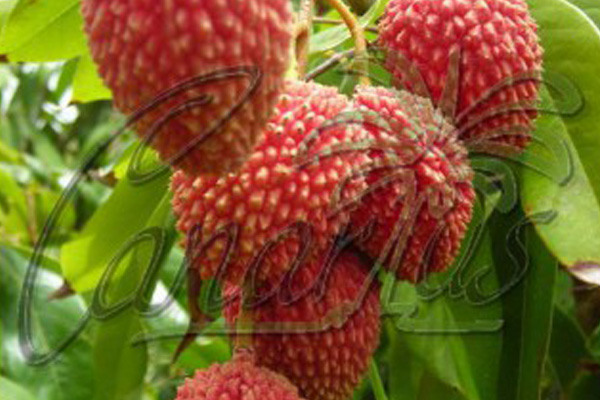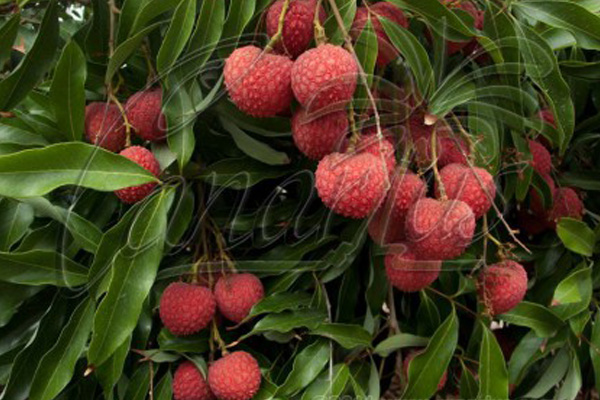This superior quality, hybrid Atemoya surprises us by its intense red color, resistance, and exquisite flavor.
Atemoya: The best of the Anona and the Cherimoya
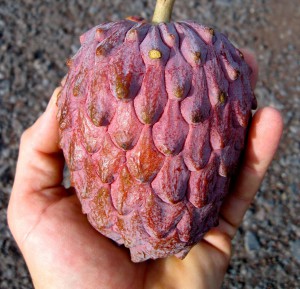 The Annona x atemoya, also known as atemoya, is a hybrid between the Annona squamosa and the Annona cherimola (Cherimoya). In fact, the name of this exotic hybrid comes from combining “ate”—the old Mexican name for sugar-apple— and “moya”—from cherimoya—.
The Annona x atemoya, also known as atemoya, is a hybrid between the Annona squamosa and the Annona cherimola (Cherimoya). In fact, the name of this exotic hybrid comes from combining “ate”—the old Mexican name for sugar-apple— and “moya”—from cherimoya—.
Both the Annona squamosa (anona, sugar-apple) and the Annona cherimola (Cherimoya) are subtropical crops originating in Central and South America, which generate large fruit with pulp sprinkled with large seeds.
The atemoya inherits the characteristics of the annona and the cherimoya, presenting an extremely adaptable and robust plant.
The red hybrid Atemoya from Israel
This particular hybrid comes from Israel and has a striking red skin. Although this crossing could remind us to the “big red” Annona squamosa; The “red Israel” is not an A. squamosa, but an atemoya, that is, that has a part of cherimoya as well.
Texture and color
The atemoyas usually have a heart or oval shape and are pale green. However this hybrid has a more rounded shape and its skin is a spectacular reddish color, as its name suggests.
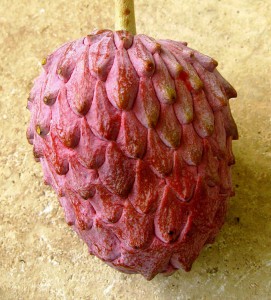 Usually the atemoya has a very rough skin in the part of the stem, very similar to the Annona squamosa, with fleshy protuberances similar to scales. As we move toward the base, the texture softens and looks more like a cherimoya. In this case, the skin texture of the Red Israel Atemoya is slightly rougher and even reminiscent of that of an artichoke.
Usually the atemoya has a very rough skin in the part of the stem, very similar to the Annona squamosa, with fleshy protuberances similar to scales. As we move toward the base, the texture softens and looks more like a cherimoya. In this case, the skin texture of the Red Israel Atemoya is slightly rougher and even reminiscent of that of an artichoke.
Undoubtedly, the most striking visual feature of this hybrid Atemoya is its attractive red color, which arouses the appetite by just looking at it.
Pulp and flavor
The atemoya does not have the pulp divided into sections as occurs in the A. squamosa, but it is homogeneous. In this sense, the atemoya looks more like a cherimoya. The pulp is white, although sometimes it may have a slight pinkish hue.
The flavor of this “Red Israel” hybrid is exquisite: it is quite sweet but with a slight acid touch. It has tastes of pineapple, vanilla and blueberry. Also, its texture is very soft, succulent, and watery.
In addition, besides its exquisite flavor, the atemoya has fewer seeds than the cherimoyas. They have a dark brown color and are not edible.
Cultivation of the “Red Israel” Atemoya
At Canarius, we offer a potted graft of about 30 to 60 centimeters within 4 to 18 months old. We graft Annona x Atemoya adult cuttings in Annona cherimolas to improve the cold resistance of its roots.
The result is a robust plant, which has a cold hardyness similar to an A. cherimola and adapts itself very well. It does not need manual pollination and is very productive: it usually ripens from 4 to 6 months after flowering.
Enjoy this striking and tasty hybrid of Atemoya and many more exotic fruits that you will only find in Canarius.
















